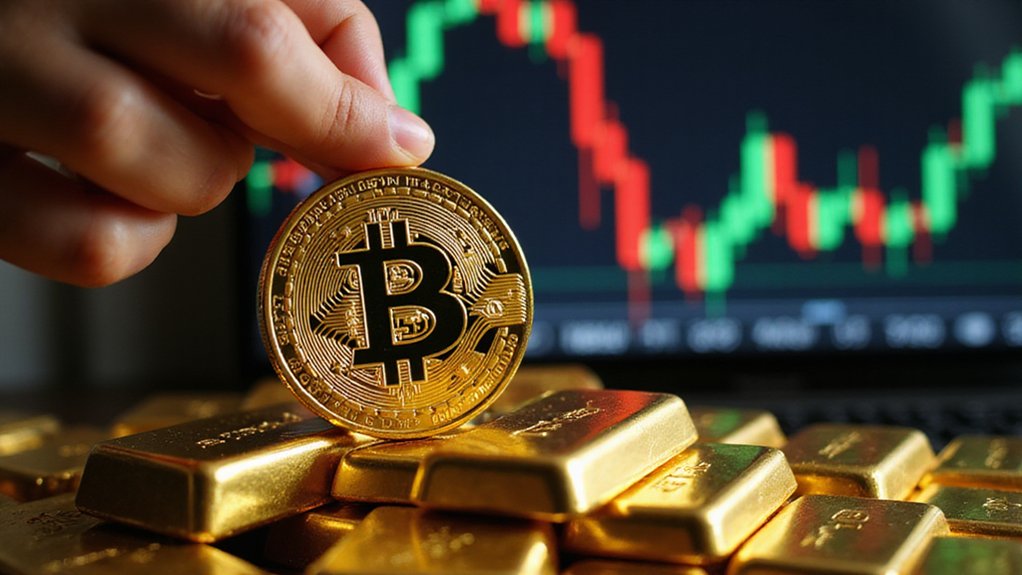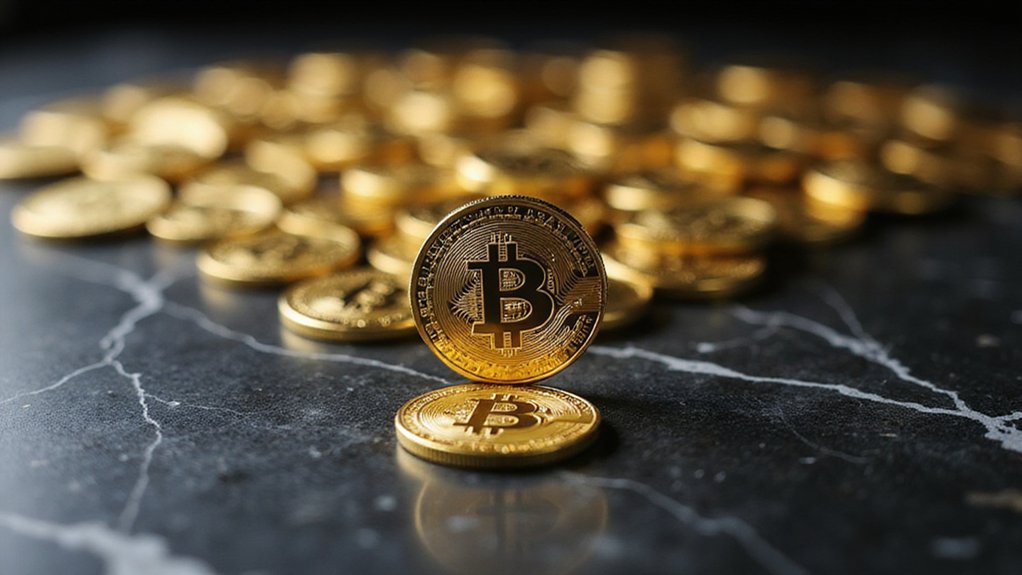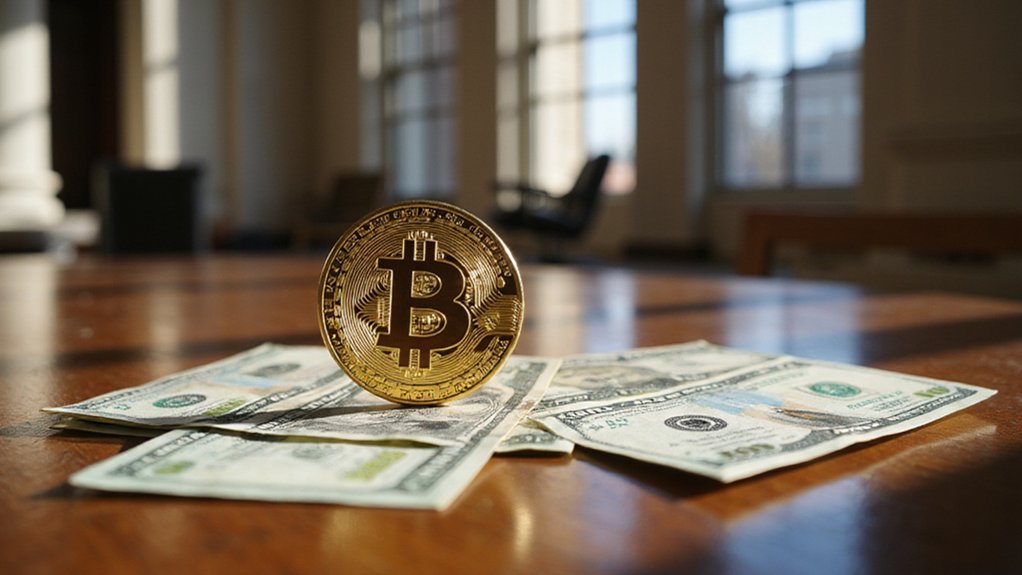The dizzying ascent of Bitcoin—that most mercurial of digital assets—continues to captivate both seasoned investors and wide-eyed neophytes alike as it surpasses previously unimaginable price thresholds.
Following its record high in January 2025, analysts now project May valuations between $102,221 and $136,089, with the once-fantastical $100,000 mark now serving as a psychological floor rather than ceiling.
Such a metamorphosis would have seemed preposterous mere years ago—yet here we are.
The cryptocurrency’s volatility—its calling card since inception—persists despite its maturation.
The current acceleration phase bears striking similarities to previous cycles, complete with the attendant technical indicators suggesting momentum remains firmly bullish.
Moving averages, those stalwart guides of trend-followers, continue their upward trajectories, while dips toward the $97,000-$99,000 range consistently attract capital inflows (as if investors were lying in wait, checkbooks poised).
Bitcoin’s comparison to gold—that ancient store of value—becomes increasingly apt as its limited supply of 21 million coins underpins its deflationary nature.
Unlike fiat currencies, which central banks can (and do) print with abandon¹, Bitcoin’s scarcity narrative grows more compelling amid global economic uncertainty.
This digital gold has transcended its niche origins to become recognized globally as both currency and investment vehicle.
The market’s uneven distribution is evident as approximately 2% of accounts control about 92% of the available Bitcoin supply, creating significant power dynamics in trading.
Macroeconomic factors continue to influence Bitcoin’s trajectory, with inflation concerns and fluctuating interest rates playing outsized roles in its valuation.
The regulatory environment—perpetually in flux—remains a wild card that could either accelerate or impede adoption.
Meanwhile, technological advancements like the Lightning Network address previous scalability concerns, strengthening Bitcoin’s fundamental proposition.
With current prices hovering around $87,645.62, Bitcoin’s market capitalization surpassed $1.7 trillion, cementing its position as the dominant cryptocurrency in the global market.
As Bitcoin’s influence on global financial systems expands, traditional institutions increasingly acknowledge its legitimacy—grudgingly or otherwise.
The question becomes not whether Bitcoin represents a legitimate asset class, but rather how fundamentally it might reshape existing financial paradigms.
For a creation initially dismissed as mere digital curiosity, Bitcoin’s transformation into monetary phenomenon represents perhaps the most fascinating financial experiment of our era.
Current market sentiment shows a nearly even split with Bearish 51% slightly outweighing bullish perspectives, reflecting the typical divisiveness that accompanies significant price movements.
¹Often to the collective chagrin of inflation hawks.









